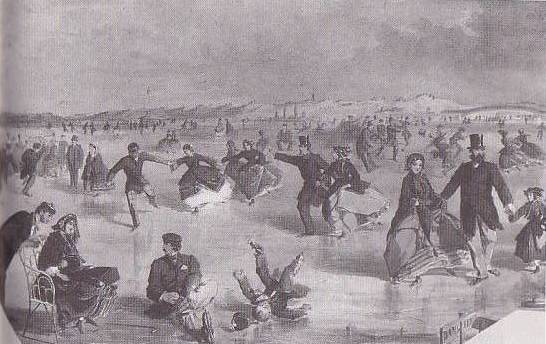|
Although Frederick Law Olmsted was greatly concerned with improving the lives of the poor and working classes, early use of Central Park did not reflect this intension, and thus significant problems emerged. Central Park was built between 59th Street and 110th Street, which was too far away from the slums and tenements of the Lower East Side where most poor and working class citizens resided. In addition, the cost of commuting to Central Park was too expensive, nor did the poor and working classes have the time to go to Central Park because they worked six days a week.
Consequently, in the early years of its inception, New York's elite and middle classes primarily used Central Park. This is perhaps best displayed by the visitor counts kept by Central Park gatekeepers for the first thirteen years of operation. The records reveal that the largest and most regular group arrived at Central Park by carriage or horse. Few New Yorkers owned either, but bankers, merchants, politicians, manufactures, and landlords, (the richest 5%) did.(25) Activities enjoyed by elite New Yorkers included strolls along the Promenade and Terrace, horseback and carriage rides, and parades. The activities enjoyed by middle class New Yorkers were more varied and included skating, walking through the park, attending Saturday afternoon concerts, having picnics, boat riding, and visiting the zoo.(26)

 The picture above is artist Winslow Homers Skating in the Central Park, and shows one of the more popular ways Central Park was used in the winter. (Picture taken from, The Park and the People, p. 231) The picture above is artist Winslow Homers Skating in the Central Park, and shows one of the more popular ways Central Park was used in the winter. (Picture taken from, The Park and the People, p. 231)
 The picture above illustrates one of the frequent carriage parades that took place in Central Park during the mid to late 1800s. (Picture taken from, Central Park 1957-1995, p.43) The picture above illustrates one of the frequent carriage parades that took place in Central Park during the mid to late 1800s. (Picture taken from, Central Park 1957-1995, p.43)
|